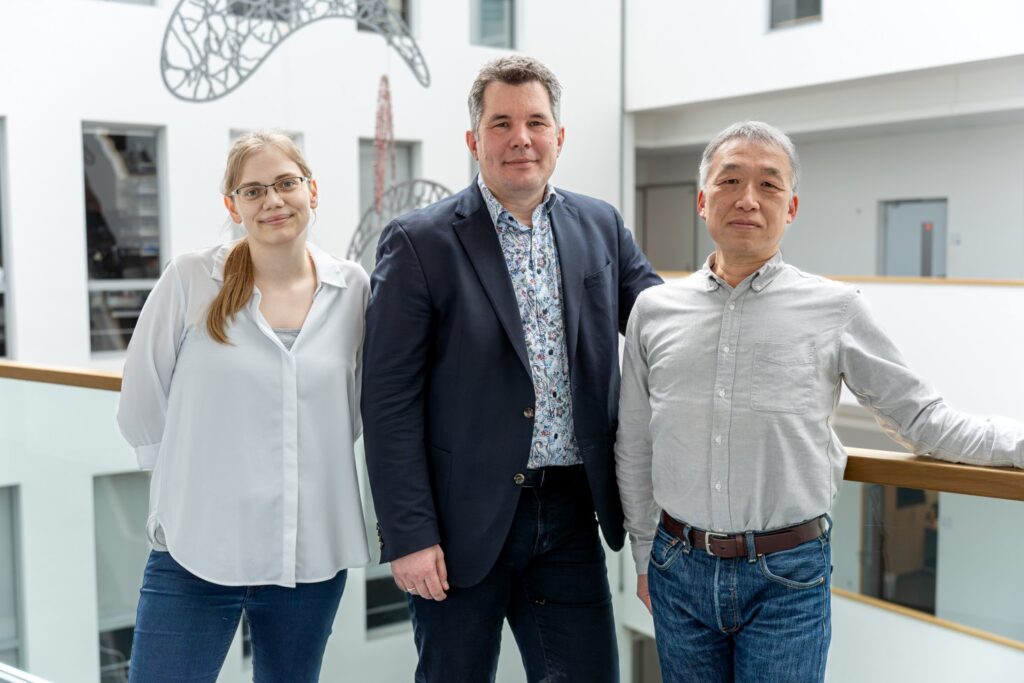Little is known about the mechanistic link between physical and cognitive activity benefits and brain plasticity in old age, despite their importance in countering cognitive decline. The metabolic syndrome which results from modern lifestyles, contributes to synaptic insulin resistance, cognitive deficits, and in interaction with a high amyloid load constitutes a significant risk factor for Alzheimer’s disease. Insulin resistance may be linked to cognitive decline by promoting vulnerability of energy demanding cholinergic neurons within the basal forebrain, which modulate internal basal forebrain synaptic circuits and control hippocampal network function through septo-hippocampal synaptic projections during learning and memory processes. Accordingly, a selective vulnerability of cholinergic neurons has been implicated in ageing-related dementia. Impaired neuronal metabolism and insulin resistance have been observed in the medial septum of the basal forebrain of 3 months old 3×Tg-AD mice, reported to develop typical AD histopathology and cognitive deficits in adulthood (Perez et al, 2011, Sposato et al 2019).
In mouse models of Alzheimer’s disease, insulin resistance develops in the medial septum before the hippocampus, potentially contributing to cholinergic transmission deficits, amyloid deposition, and aberrant network functions within septal and septo-hippocampal circuits (Sposato et al., 2019). In previous work on the circuit level, we have identified decreased cholinergic action on hippocampal O-LM interneurons as a key pathomechanism that contributed to memory impairment in an AD mouse model, with potential relevance for human AD (Schmid et al 2016). Moreover, we found that the function of medial septal glutamatergic neurons (VGluT2+) is tightly coupled to the function of basal forebrain cholinergic neurons (Fuhrmann et al 2015, Müller et al 2018) through reciprocal innervation.
In this project we will detect age and AD-dependent vulnerabilities of basal forebrain cell clusters and identify connectivity matrices of identified medial septal cholinergic and non-cholinergic cell clusters, which will provide us with detailed information which synapses are particularly vulnerable in normal and high-risk ageing. We then focus on septal-hippocampal cholinergic projections and their structural and functional integrity during ageing and AD to identify cholinergic release sites onto hippocampal O-LM type interneurons and pyramidal cells. This approach will allow us to determine specific vulnerabilities of different septohippocampal pathways in ageing.

Project C2: Damaris Holder, Stefan Remy, Hiroshi Kaneko
Find out more about the working group by clicking here.
Collaborations:
SynAGE project C1: PIs Kreutz/Seidenbecher
SynAGE project C3: PI Düzel
References:
Perez S.E., He B., Muhammad N., Oh K.J., Fahnestock M., Ikonomovic M.D., Mufson E.J. (2011) Cholinotrophic basal forebrain system alterations in 3xTg-AD transgenic mice. Neurobiol Dis. Feb;41(2):338-52. DOI: 10.1016/j.nbd.2010.10.002.
Sposato V., Canu N., Fico E., Fusco S., Bolasco G., Ciotti M.T., Spinelli M., Mercanti D., Grassi C., Triaca V., Calissano P. (2019) The Medial Septum Is Insulin Resistant in the AD Presymptomatic Phase: Rescue by Nerve Growth Factor-Driven IRS1 Activation. Mol Neurobiol. Jan;56(1):535-552. DOI: 10.1007/s12035-018-1038-4.
Fuhrmann F., Justus D., Sosulina L., Kaneko H., Beutel T., Friedrichs D., Schoch S., Schwarz M.K., Fuhrmann M., Remy S. (2015) Locomotion, Theta Oscillations, and the Speed-Correlated Firing of Hippocampal Neurons Are Controlled by a Medial Septal Glutamatergic Circuit. Neuron. Jun 3;86(5):1253-64. DOI: 10.1016/j.neuron.2015.05.001.
Müller C., Remy S. (2018) Septo-hippocampal interaction. Cell Tissue Res. Sep;373(3):565-575. DOI: 10.1007/s00441-017-2745-2.
Schmid L.C., Mittag M., Poll S., Steffen J., Wagner J., Geis H.R., Schwarz I., Schmidt B., Schwarz M.K., Remy S., Fuhrmann M. (2016) Dysfunction of Somatostatin-Positive Interneurons Associated with Memory Deficits in an Alzheimer’s Disease Model. Neuron. Oct 5;92(1):114-125. DOI: 10.1016/j.neuron.2016.08.034.
